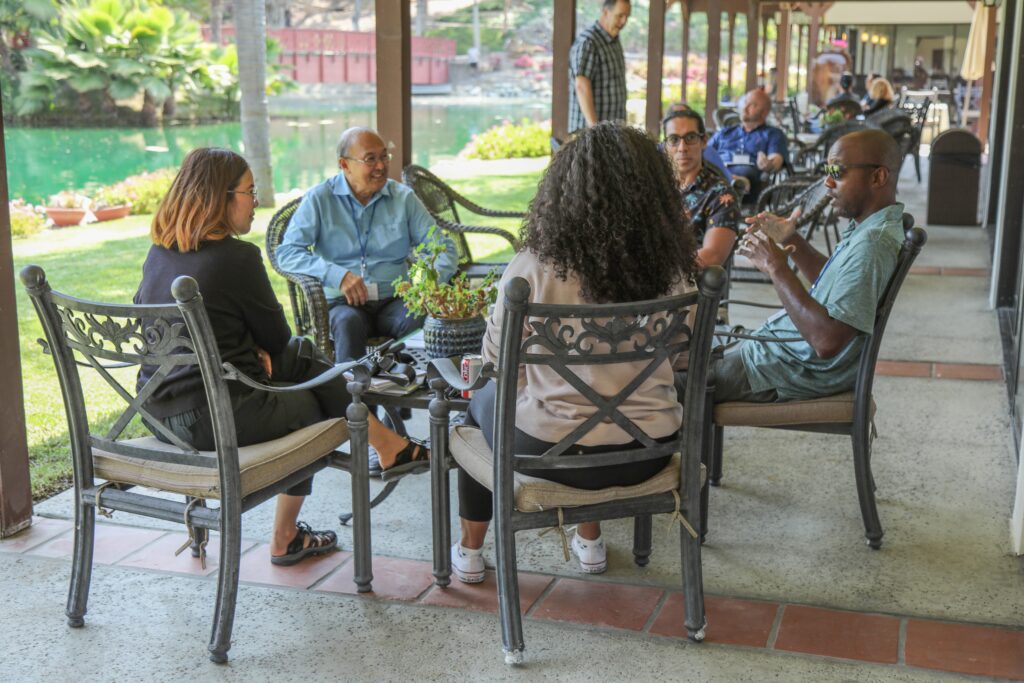
Are you guilty of misjudging?
Let’s face it – we pass judgment every day. We judge places, things, situations and yes, we judge people.
When used in the proper context, judging can be very effective for taking an assessment. We can use information, experiences, and situations to make an informed decision. As a leader, you may have to judge a particular situation to decide what action to take. Or you may use information about a person to assess whether he/she may be a good candidate for your company.
So, the problem is not the act of judging; it’s when leaders judge improperly.
Judgments can easily become accusations when we do not have sufficient evidence. When we use our biases instead of gathering pertinent information, we can judge a person, place or situation incorrectly. Errors in judgment can cause a great deal of harm and can be expensive for organizations.
There are many ways that erroneous judging can affect leadership:
Consequences of judging wrong
Misjudgment can decrease your company’s bottom-line
In a global society, a lack of diversity may isolate creativity and increase groupthink. When everyone thinks the same and leaders are not open to other possibilities, companies can become a relic of the past. There are several companies that have closed over the past years. It’s very possible those companies could exist had they adapted to new ideas?
Misjudgment can stifle your human resource pool
When you allow bias to guide your employment decisions, you may miss out on hiring the best persons. Poorly testing existing employees’ talents can cause havoc to an organization. For instance, lack of opportunities to coach staff suppresses performance and decreases engagement. Employee turnover may increase.
Misjudgment clouds the culture of the organization
On a personal level, core values impact awareness of what is right or wrong behavior. Correct behavior is not framed by the current rules within a society, but the visions of what’s ideal for the society. When leaders rely on the rules of current groups, social standards or personal gains, an organization’s culture can become toxic; affecting employee commitment and turnover (Ambrose et al., 2007).
So how can leaders decrease the chance of misjudging?
What you can do now to avoid misjudging
1. Compliment, Not Camouflage
Leaders can manage their first impressions by honing their nonverbal behaviors. They can also encourage employees – Complimenting your employees can create harmony and inspire assertiveness. When leaders camouflage through constant criticism and bias, employees may feel defensive and hesitate to engage.
2. Create A Culture of Mutual Respect and Collaboration
Find creative ways to communicate with your employees to create a productive and positive environment. Do not assume that employees know (or should know) what you know.
Take inventory of your knowledge and then communicate what you know with the team (Nickerson, 1999). Allow opportunities for the team to share their knowledge.
You can create synergy by acknowledging and sharing the ideas of team members. When employees feel that they matter, and their work is important to the company, engagement and productivity increases.
3. Create Memories
Employees spend a majority of their lives working.
Get to know your employees by creating projects that allow for social interaction and positive societal change. Community projects such as habitat for humanity, picking up trash in a neighborhood, or collecting and donating toys to the Boys and Girls Club are some ways an organization can give back to society while creating positive memories for the company.
As the organization has its highs and lows, remind employees of the bigger picture that they are a force for good.
Making judgments is something that we all do every day. Leaders have a moral responsibility to ensure that they judge fairly. Often, leaders may have limited information and may have to make an immediate decision. It is during these times that leaders must make sure they do not allow personal bias or stereotypes cloud their judgment.
Leaders must also consider what is good for the organization and not only on how leadership may benefit personally. When leadership considers whether a decision is congruent with the company’s vision and mission, the organization wins.
Do It Now
What biases or stereotypes do you hold? How has it affected your decision making?
Challenge your bias. Perform a scholar search on Google (scholar.google.com). Explore what peer-reviewed evidence supports your bias. What evidence have you found? If you cannot find evidence to support your bias, is there a possibility that you could be wrong?
What ways can you improve your decision-making skills?
Ambrose, M. L., Arnaud, A., & Schminke, M. (2007). Individual Moral Development and Ethical Climate: The Influence of Person–Organization Fit on Job Attitudes. Journal of Business Ethics, 77(3), 323–333. doi:10.1007/s10551-007-9352-1
Cuddy, A. J. C., Glick, P., & Beninger, A. (2011). The dynamics of warmth and competence judgments, and their outcomes in organizations. Research in Organizational Behavior, 31, 73–98. doi:10.1016/j.riob.2011.10.004
Nickerson, R. S. (1999). How we know—and sometimes misjudge—what others know: Imputing one’s own knowledge to others. Psychological Bulletin, 125(6), 737-759. http://dx.doi.org/10.1037/0033-2909.125.6.737
Photo by Small Group Network on Unsplash

